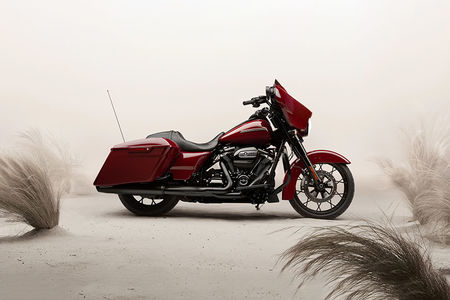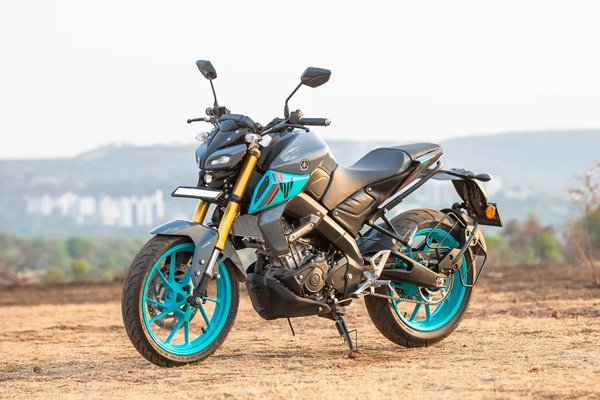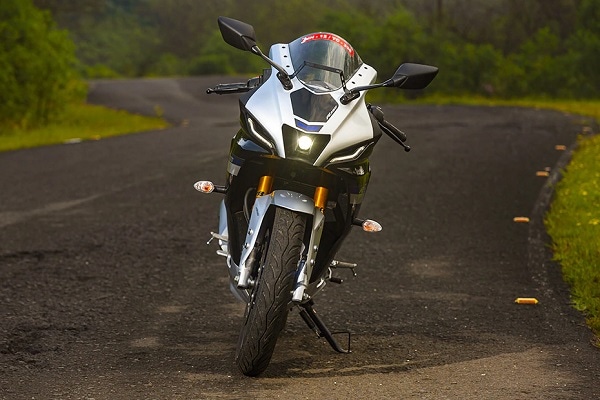The quest for cleaner and better vehicles needs a clear road map


The Indian automobile industry has come a long way over the last couple of decades. It is the fourth largest automotive industry globally, with a turnover of ₹8.21 trillion, employing about 2.9 million people across value chains and contributing about 6.4% to the country’s gross domestic product (GDP). Its significance can also be gauged from the fact that the sector accounts for 15% of India’s goods and services tax (GST) collections and it has taken several strides in upgrading its products to international benchmarks.
The Indian automobile industry’s 20-year journey from Bharat Stage 1 (BS 1) emission norms in 2000 to Bharat Stage 6 (BS 6) in 2020 represents one of the fastest upgradation curves anywhere in the world. BS 6 emission standards are set to be introduced across all vehicles from 1 April 2020. The industry moved to BS 4 norms in 2017. Just three years later it is switching to BS 6, skipping BS 5 in the process, though the first proposed road map prepared by the government had suggested that BS 6 be introduced in 2024.
Also check these Bikes
The BS 6 emission standard, on par with the world’s most stringent norms such as Euro 6, will primarily bring down exhaust emissions of particulate matter (PM) and nitrogen oxides (NOx) across all categories of vehicles. Typically, the PM emission limits for new BS-VI diesel passenger car will be tighter by 82% and for the NOx by 68%, in comparison with BS 4. Under the latest norms, petrol vehicles will see a reduction of more than 30% in hydrocarbon (HC) emissions and 25% in NOx. Under BS 6, emissions from diesel vehicles are almost on a par with those of their petrol counterparts. Hence, we believe there would no longer be any debate on whether diesel is better for the environment or petrol. Also, the durability of the emission control systems is being increased to 160,000km from the earlier requirement under BS 4 of 80,000km, achieved by making these technologies more robust.
To meet BS 6 norms, both petrol and diesel technologies have been redeveloped for Indian market conditions, as these are unique. For instance, PM filters in BS 6 diesel engines require a higher temperature to be effective, and attaining the desired level of heat is difficult in a country where traffic moves at relatively low speeds and acceleration is modest. This necessitated an India-specific solution.
Even two-wheelers of all models will have large emission reductions from April 2020. These norms will be mandated in India nine months before Europe, where they will be mandated in 2021. All two-wheelers would have electronic fuel-injection systems, eliminating conventional carburettors that have been their mainstay for decades.
The financial investment undertaken by the automobile industry to meet BS 6 norms runs into several thousand crore rupees. This is aimed at creating technological capabilities as well as ramping up production scale before 31 March 2020 to ensure customer satisfaction after the switchover. From April onwards, customers in India will get to buy vehicles that are among the world’s cleanest and at competitive prices, too. This transition, however, is likely to increase automobile prices by about 6-10%, depending on the type of vehicle.
India’s automobile industry deserves credit for the pace at which it has worked on emissions, but it faces stiff challenges as it gears up to switch over to BS 6. Demand is still witnessing a contraction after a rather challenging year. This means that automobile companies have to work extra hard for healthy business bottom lines. The complexity of the Indian market makes every upgrade a humongous exercise for component makers, technology providers, and research firms, as well as the service infrastructure.
BS 4 happened just three years ago. However, it took Europe about nine years for a similar transition from Euro 4 to Euro 6. In Europe, there was a staggered roll-out. For instance, passenger cars and goods vehicles had different cut-off dates for Euro 6. In India, however, the entire vehicle industry has to meet the BS 6 regulation by 1 April 2020. Further, Europe normally allows an additional time of one year for manufacturers to shift their existing models to the next stage of emission norms, whereas in India, all new and existing models have to move to BS 6 on a single date. Also, BS 6 vehicles need BS 6 fuel to run optimally, but BS 6 fuel pan India will only be available from 1 April 2020. Hence, vehicle manufacturers are forced to switch their entire production lines closer to the deadline. In Europe, higher grade of fuel is available in advance. Moreover, none of the vehicle dealers across the country should have any stock of BS 4 vehicles on 1 April 2020, as they will not be allowed to sell or register such vehicles from that day.
As the final rehearsals begin before the curtains part on a key emission milestone, it is also clear that hastening BS 6 implementation has stretched the automobile industry very far. All the same, the industry is keeping its fingers crossed, so that the investment in the switchover is suitably recovered within reasonable time. In the Indian market, if vehicle affordability is a major consideration, the stability of government policies is no less important as a factor in the promotion and sustainability of growth. New regulations in the near future, over and above those aforementioned, would make it difficult for many companies to operate.
It would serve both the industry and country well if the government held detailed discussions with the auto industry to mutually lay down a comprehensive road map for the way ahead till 2030. This road map and the related policy framework should ideally be forged in a way that would minimize subsequent interventions from the judiciary and policymakers.
The Indian automobile industry has been at the forefront of producing some of the cleanest and safest vehicles in the world. It shall continue to maintain this record, as it is integral and intrinsic to its mission of aiding the country’s development.








 1868.0 cc
1868.0 cc 17.5 kmpl
17.5 kmpl















